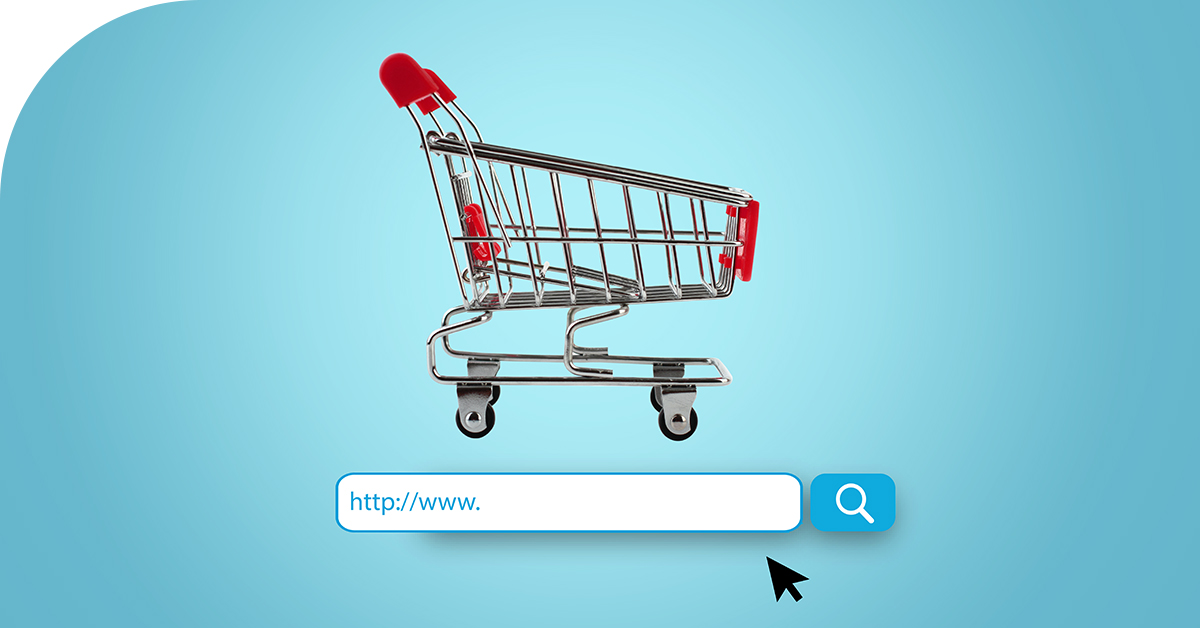Retargeting should be a core strategy for any digital advertising campaign. Just think about how your potential customers will browse numerous websites and other brands throughout their buying process. Retargeting will keep you top of mind. Depending on your buying process, your potential customers will do a fair amount of research to make their decision. Adding retargeting to your digital advertising campaigns ensures you continue to be present in their buying journey.
Retargeting can make a huge impact. So much so that when a prospect sees a retargeting ad, there’s a 70 percent chance that they’ll purchase your product over your competitor’s. According to a report by CMO, visitors who are retargeted are more likely to convert by 43 percent.
But what are the keys to the success of retargeting campaigns?
Budgeting and segmentation. The main culprits in failing retargeting campaigns are an inadequate budget based on the size of the website and the poor or no use of segmentation. To maximize your return on investment, we’re digging into how you can use budgeting and segmentation to optimize your retargeting campaigns!
But first, what is retargeting?
It’s a crowded marketplace with endless options for your potential customer. You can quickly lose conversions during the buying process if you aren’t staying stop of mind.
Retargeting is a form of advertising that can help keep your ads in front of bounced traffic after they leave your website.
Most of your potential customers will not convert on their first visit to your website. It can be a lot to ask. But through retargeting, you allow time and presence to increase their interest, get in front of your competitors, and convert them to be your customer.
Commonly, only two percent of web traffic visitors will convert on their first visit. Retargeting is a strategy to help you reach 98 percent of web traffic visitors who don’t convert right away.
How much budget should go towards retargeting?
Your retargeting strategy can make-or-break your digital advertising campaigns. The biggest culprit in failing retargeting campaigns has an inadequate budget based on the size of the website. And retargeting strategy can pay off, according to the IAB, 91 percent of marketers who have used retargeting have found it to perform the same as or better than search, email, or other display ads.
Retargeting allows you to collect cookies (or device IDs) on your website visitors and “follow” them after they have left your site. It is your chance to stay present and engage with your potential customers to pull them back to your website. However, if you don’t have the budget to reach all your potential customers, then you are losing them to competitors in their buying process.
Two methods to determine how much to budget to retargeting
% of returning visitors
An easy way to determine your initial retargeting budget is to calculate the percentage of conversions that come from returning site visitors and then allocate that same percentage of your spend to remarketing. Let’s look at an example:
10,000 clicks to your website generated 1000 acquisitions
100 acquisitions were completed by returning visitors
Ten percent of your overall budget should be allocated to retargeting to bring the 9,000 non-converters back to your website.
# of unique visitors & target conversion rate
Another way to forecast a retargeting budget is based on the number of unique visitors and target conversion rate. This will help you determine if you are getting in front of your potential customers with display advertising to meet your traffic and conversion goals. Let’s look at an example:
You currently have 129,000 unique monthly visitors with a conversion rate of 6.31 percent
The average ecommerce industry conversion rate is 2.04 percent. The average for B2B marketers is around 2.6 percent. The industry with the greatest average conversion rate is in tech at 8.01 percent. (Growcode, 2020)
8,139 conversions have an average CTR of .08 percent with your current display campaigns
To reach a % of your total 129,000 unique monthly visitors, you would need to budget the following per week on retargeting ad spend to reach that audience:
- 25,000 – 50,000 visitors : $450 – $900 per week
- 50,000 – 100,000 visitors : $900 – $1800 per week
- 100,000 – 125,000 visitors : $1800 – $2250 per week
- 125,000 – 150,000 visitors : $2250 – $2700 per week
But what exactly is segmentation, and how can it impact budgeting?
Segmentation (also commonly referred to as audience segmentation) is a term that describes who is being targeted and served ads. Through audience segmentation, you can tailor ad messages to users in different stages of the purchase funnel to effectively retarget them.
So, if you are looking to maximize the potential customers that are further along in their buying processing, segmentation is critical. A potential customer who visited the checkout page but didn’t purchase is a much higher value than someone that visits your homepage.
What does the process of audience segmentation look like?
Audience segmentation within your retargeting strategies can help you narrow down the actions your potential customers took on your website. This allows you to create segments that correspond to specific pages on your site or parts in the funnel.
The funnel approach to retargeting can help educate you based on the levels of user interest. Your retargeting objectives (and creative) should correlate with those staged within the funnel.
The top funnel or awareness stage is comprised of audiences who are browsing and are not fully engaged with your brand, with behavior like entering the website via the homepage or through a secondary page.
The mid-funnel or consideration stage describes a potential customer who has visited several of your pages already or a more specific product page, indicating that they are interested and are searching for more information within your website.
The bottom funnel or purchase stage are those who have not converted yet but perhaps have visited the shopping cart or expressed interest through visiting many different parts of your website.
For example, for customers that visit only the homepage of your website, you can target these potential customers with a general branding message to reel back in. For customers that visit a specific product page, meaning that these potential customers viewed a particular offering of the product (like a specific pair of shoes), you can serve them an ad that contains that product.
Using segmentation in your retargeting campaign can significantly increase the success of your campaign, and thus your ROI. By strategizing and taking the time to evaluate the needed budget to reach each segment, you will be able to generate positive outcomes with your retargeting campaigns.







